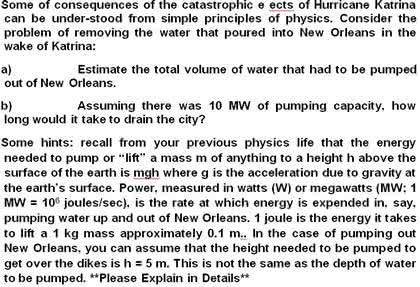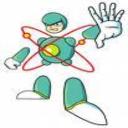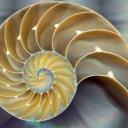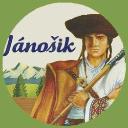PHYS 1200 Lecture Notes - Lecture 9: Friction, Tennis Ball, Circular Motion
45 views4 pages
18 Aug 2016
School
Department
Course
Professor
Document Summary
To lift an object, i must do work and this creates gravitational potential energy (gpe) The work done when i lift a mass m up a distance h is, w = f s = (mg) h = mgh units of work: f in n, h in m, w in joules (j) By lifting an object, a distance h, the object gains gpe = m g h. M in kg, g = 10 m/s2, h in m, gpe in joules (j) the higher i lift the object the more gpe it has. Gravitational potential energy is the energy an object has due to its position above the. It may change from one form to another (potential to kinetic and back) Ke + pe = constant example roller coaster. Always acts to oppose motion: static friction if we push on a block, and it does move (push force < force of friction, kinetic friction when the block eventually starts to move.








